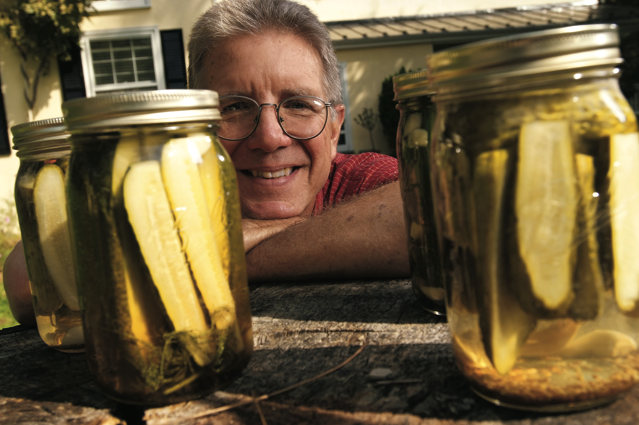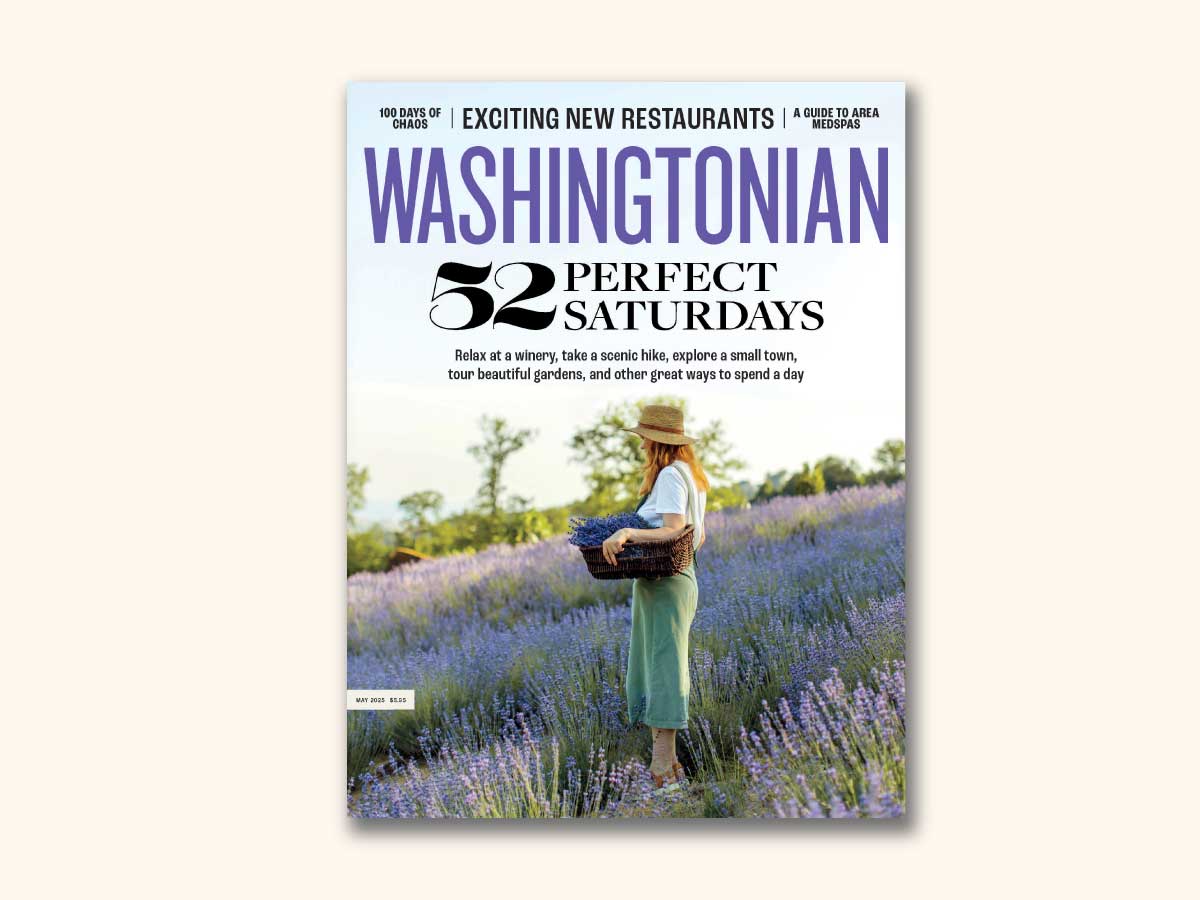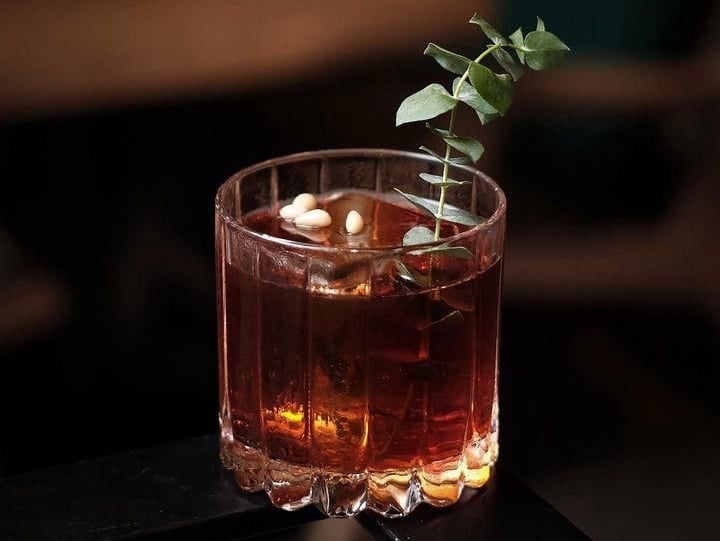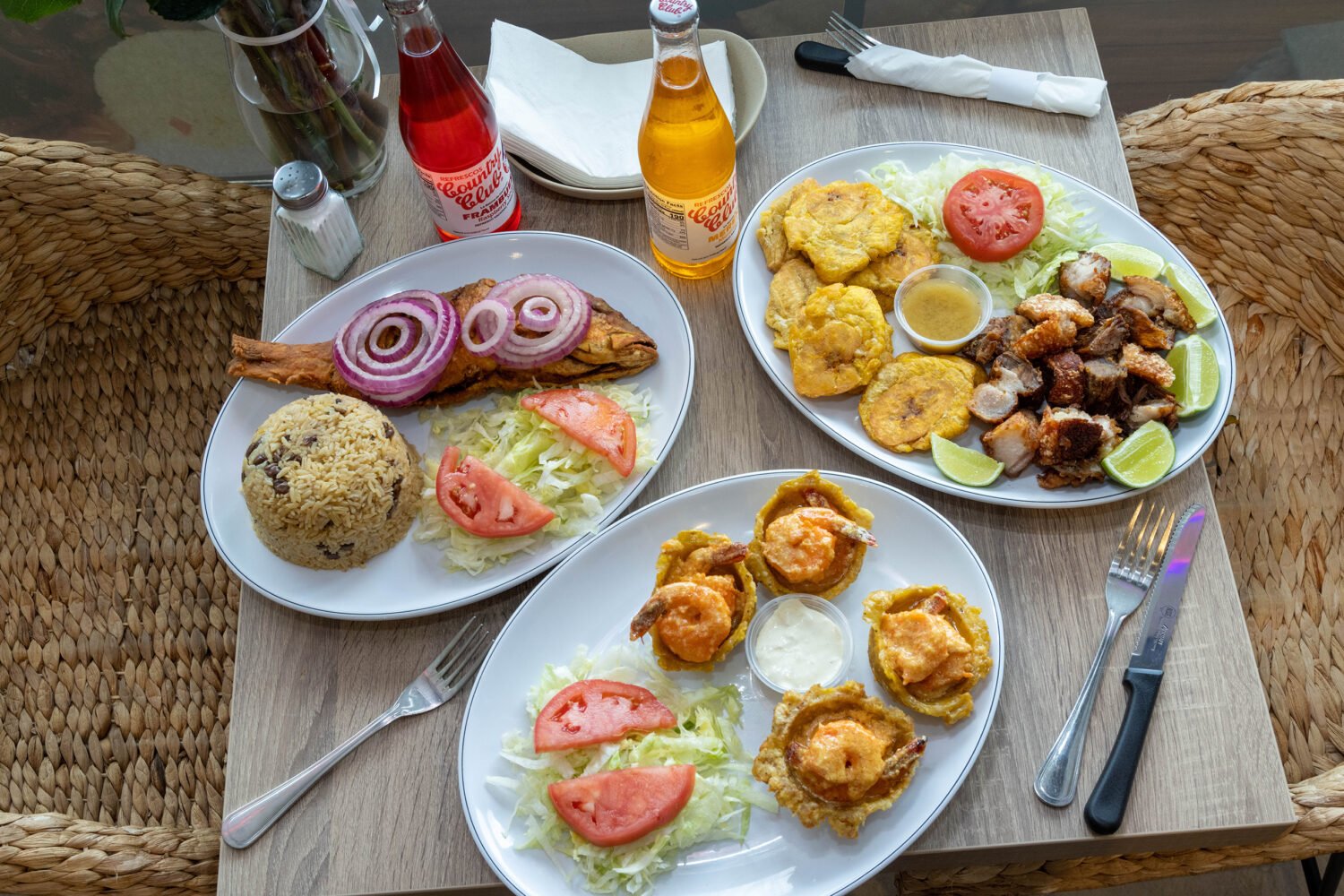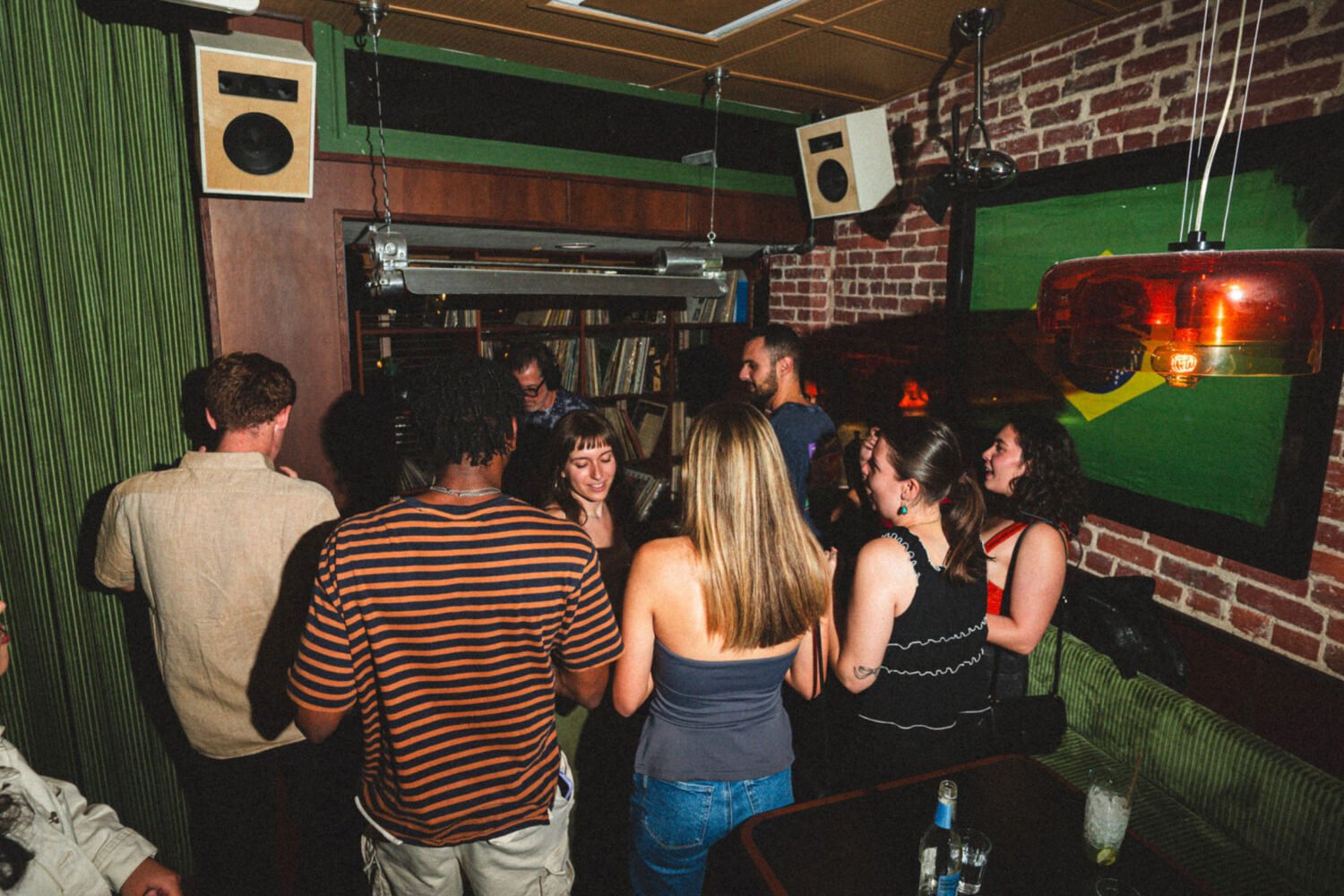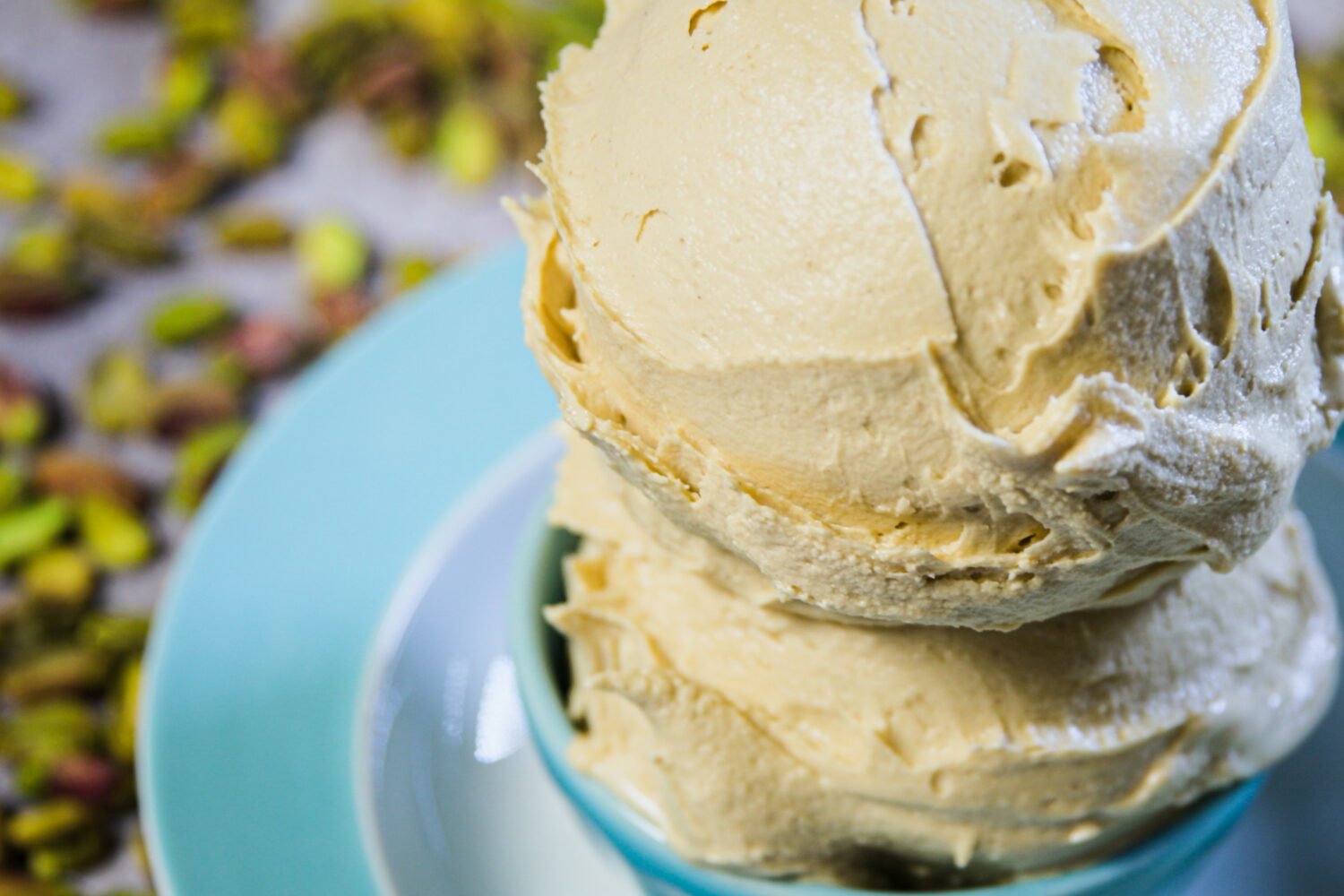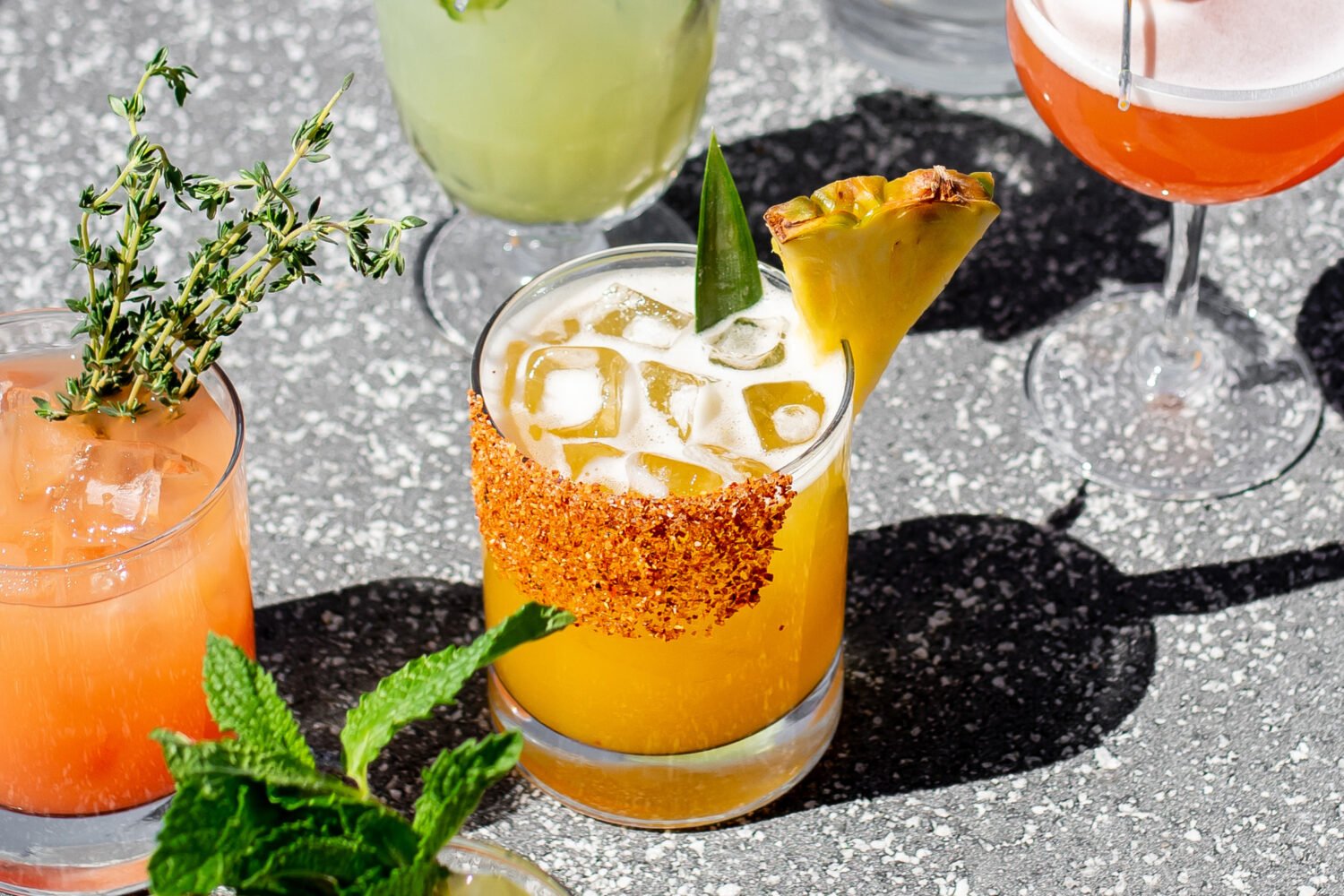Many things were memorable about the restaurants Duke Zeibert ran at the corner of Connecticut Avenue and L Street in DC between 1950 and 1994. He had to close the first one for several years, beginning in 1980, while a new building went up on top of the Farragut North Metro station. When he reopened, Duke’s had moved from a street-level cavern to a light-filled location on the second floor.
The Redskins’ Super Bowl trophies always went on display first in Duke’s lobby. Inside, a good table put you close to Washington’s movers and shakers—and to some of the city’s oddities. I remember one day looking up from my brisket and seeing a knee go by. I kept looking up, but it seemed like forever before I got to the head. Manute Bol—all seven-foot-seven of him—had just signed with the Bullets, as the Wizards were then called. This was a coming-out luncheon for him, and Duke’s was the only place to hold it.
David George Zeibert—Duke’s full name—was a back-slapping pal with a flair for the grand gesture, straight out of the Toots Shor Finishing School. The late New York Times gourmand R.W. Apple Jr. once described Duke as looking like “Ben Franklin impersonating a bookie.” That’s close to perfect, but what I really remember about Duke Zeibert’s is the pickles.
Just as Washington sat balanced in the 1970s and ’80s between its southern roots and northern ties, so Duke’s pickles seemed like the exact culinary midpoint between North and South. They had enough of a garlic kick to suggest the great kosher pickles of New York City without overwhelming the taste buds for the meal to come. And there was enough freshness to them—they were bright green and crisp when you cut into them—to make you imagine that the cucumbers had just been pulled from someone’s backyard garden.
Mel Krupin, once Duke’s manager and later a rival, kept serving the pickles in his own downtown place and, later, up in Tenleytown after Duke’s was closed and Duke gone. But if the pickles tasted the same, the experience never was.
For years I roamed the refrigerated cases at supermarkets trying to find a pickle equal to my memory. This spring, when our local farmers market in Berryville, Virginia, grew top-heavy with the small, knobby cucumbers that make for perfect pickles, I decided to seek out the recipe on my own.
My search led me first to the Internet—to Web sites such as Epicurious.com and to hundreds of recipes offered by home picklers of every stripe. Armed with a handful of promising recipes and the revised Joy of Cooking, on a sweltering day I launched into the tried-and-true “hot bath” method familiar to farm wives: steaming kettles, boiling brine, sterilized jars and lids.
Did it work? Yes, the seals on the jars were impeccable, and the pickles, when I finally opened them, were first-rate—but they didn’t resemble Duke’s. I had cucumbers left over and some boiling brine, so I went back to the Internet and found a recipe for refrigerator pickles, ones that would be ready in two to four days instead of four to six weeks. Those tasted more garlicky and sour than I was looking for, and they were discolored—more like the usual olive green of hot-bath pickles—but they were beautifully crisp, which told me that refrigerator pickles were the way to go. Happily, that decision relieved me of the misery of ever doing hot-bath pickling again.
My subsequent experiments were a matter of tweaking. More vinegar or less? (It turned out to be less.) Pickling salt or kosher? (Pickling—save the kosher for margaritas.) Whole cucumbers like Dukes’s or sliced? (Doesn’t matter—the taste is the same.)
The recipe that follows is the one that got me to that Proustian moment when you bite into a pickle and a whole world unfolds inside your head. Enjoy.
Pickles: You’ll need about a pound of small, green cucumbers, scrubbed and washed, for every quart of pickles you put up. Lop off a quarter of an inch on each end. Slice or leave whole as desired.
Brine: Combine 6 cups water, ¼ cup pickling salt, and ¼ cup white vinegar. Bring to an easy boil, then let cool to room temperature.
Jarring: Add to each sterilized jar about five garlic cloves, whole or chopped into halves, along with a half bunch of fresh dill and 1 to 2 teaspoons whole black peppercorns. Pack with cucumbers and cover completely with brine. Let sit in the refrigerator four days before tasting. Refrigerated, the Duke-cloned pickles should last for weeks.
This appeared in the November, 2007 issue of the magazine.

